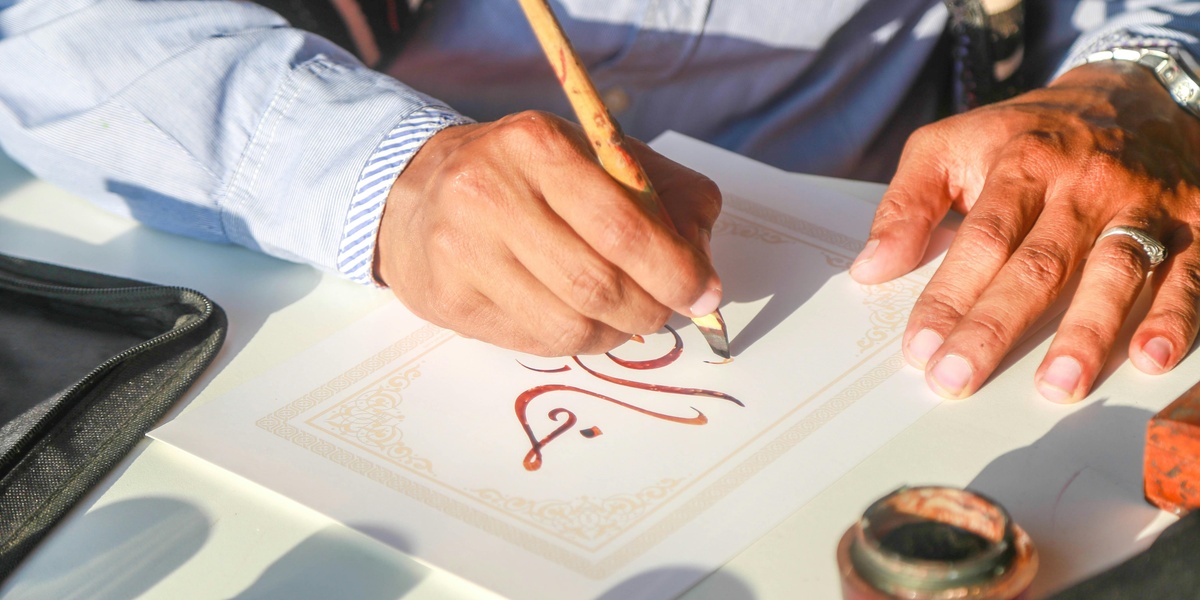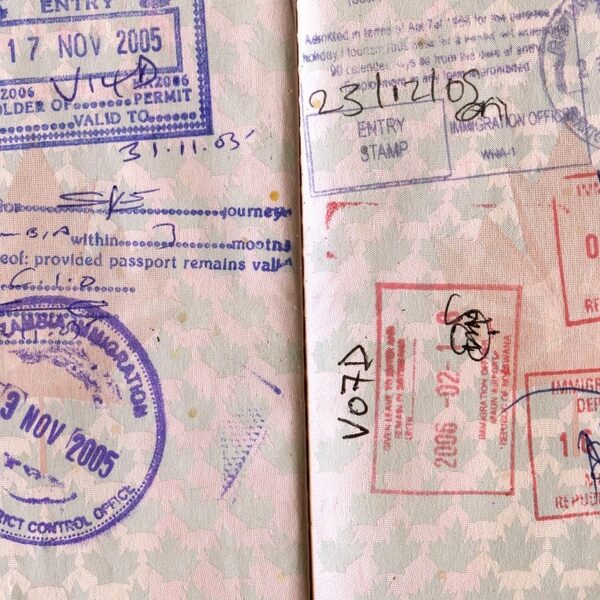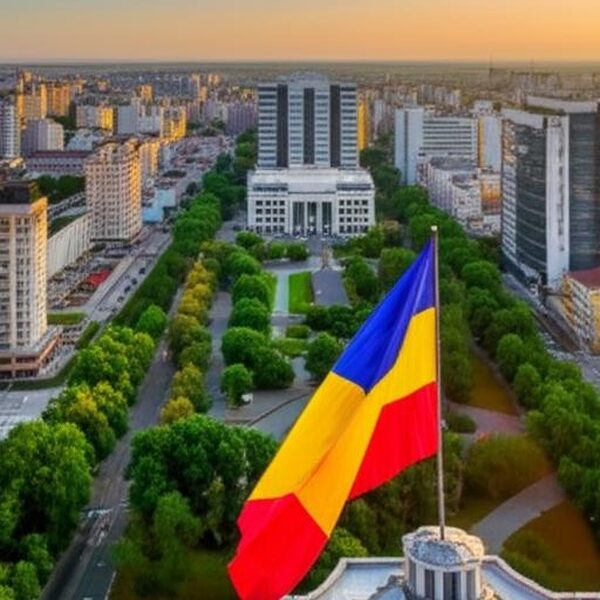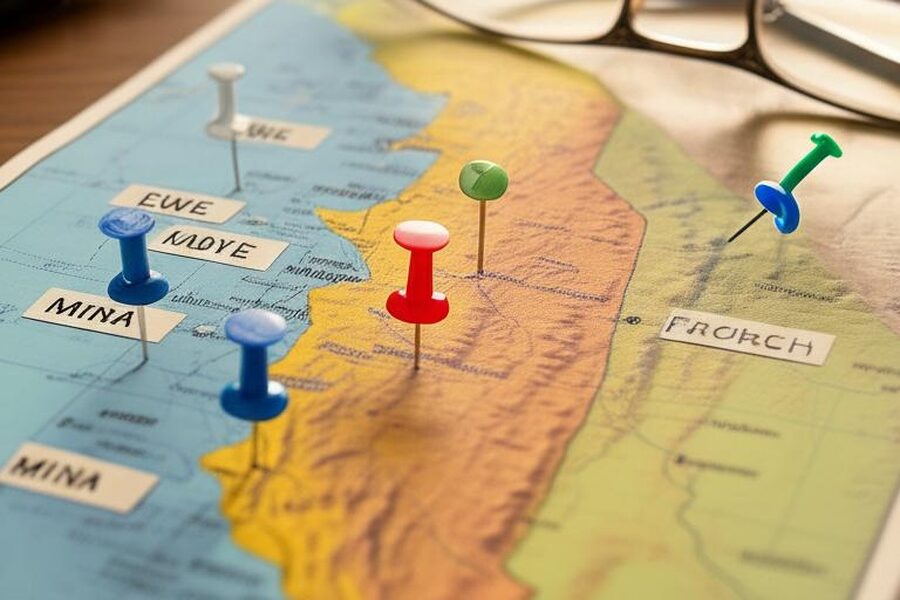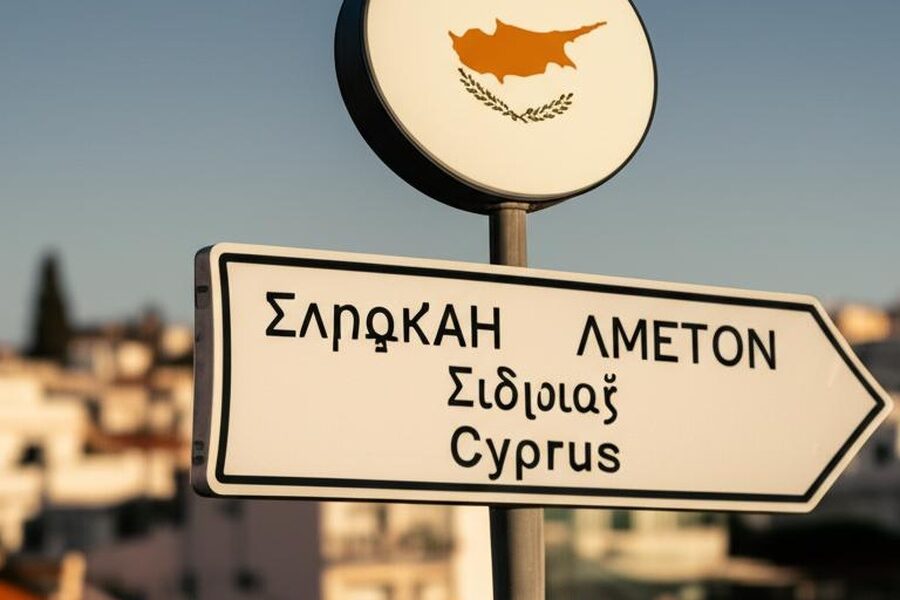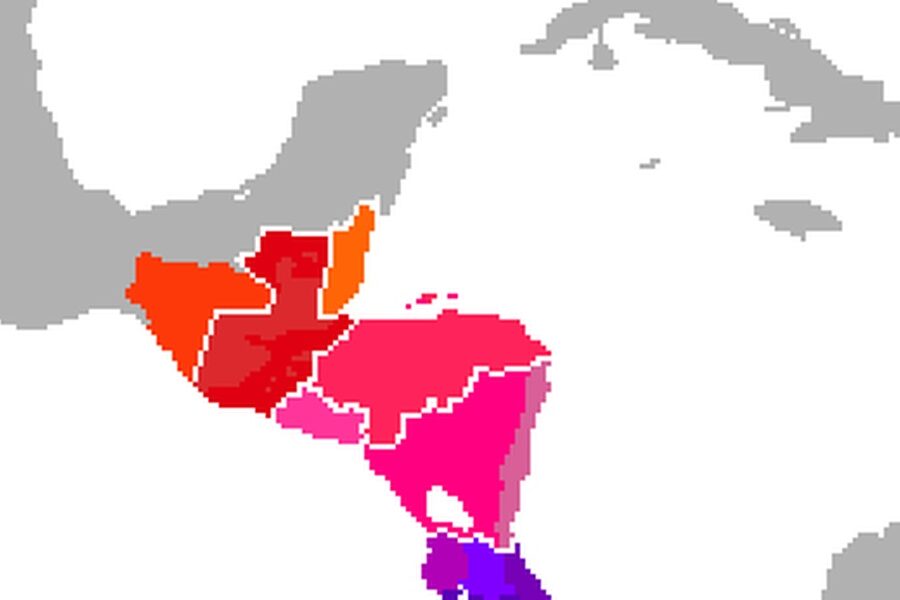Oman sits at the crossroads of the Arabian Peninsula, Indian Ocean trade routes and diverse communities, so its language map reflects centuries of contact and migration. From coastal port towns to mountain villages, you’ll hear different tongues tied to history, commerce and local identity.
There are 22 Languages Spoken in Oman, ranging from Arabic to Urdu, showing both official and migrant-language presence. For clarity each entry is organized with columns: Category,Region(s),Approx. speakers so you can scan which languages are regional, immigrant, or indigenous. Details and the full list follow — you’ll find below the complete breakdown.
Which language is most useful for travelers in Oman?
Arabic is the official and most widely understood language, especially Modern Standard Arabic for media and Gulf Arabic dialects in daily life; English is also common in cities, tourism and business, so basic phrases in Arabic plus English will cover most visitor needs.
Are there indigenous or minority languages I should be aware of?
Yes — aside from Arabic and migrant languages like Urdu, Oman has local languages and dialects (e.g., Mehri, Dhofari varieties) in specific regions; check the Region(s) column below to see where each language is spoken and how many speakers there are.
Languages Spoken in Oman
| Language | Category | Region(s) | Approx. speakers |
|---|---|---|---|
| Arabic | Official | Nationwide | 2,500,000-3,500,000 |
| Mehri | Indigenous (Modern South Arabian) | Dhofar, Al Wusta, border areas | 20,000-80,000 |
| Jibbali (Shehri) | Indigenous (Modern South Arabian) | Dhofar mountains (Jabal Samhan) | 10,000-50,000 |
| Harsusi | Indigenous (Modern South Arabian) | Jiddat al-Harasis, central Oman | 500-3,000 |
| Bathari | Indigenous (Modern South Arabian) | Dhofar coast and nearby villages | 50-300 |
| Hobyot | Indigenous (Modern South Arabian) | Dhofar border areas | 50-500 |
| Balochi | Minority/Heritage | Muscat, Dhofar, coastal towns | 100,000-300,000 |
| Swahili | Minority/Heritage | Muscat, coastal trading towns | 5,000-30,000 |
| Persian (Farsi) | Minority/Expatriate | Muscat, Sohar, coastal areas | 10,000-50,000 |
| English | Expatriate/Lingua franca | Nationwide (cities, business hubs) | 600,000-1,200,000 |
| Hindi | Expatriate | Muscat, Salalah, industrial areas | 350,000-700,000 |
| Urdu | Expatriate | Muscat, Sohar, industrial areas | 250,000-500,000 |
| Malayalam | Expatriate | Muscat, Salalah, coastal cities | 300,000-600,000 |
| Tamil | Expatriate | Muscat, industrial towns, southern regions | 150,000-400,000 |
| Bengali | Expatriate | Muscat, Salalah, labor areas | 80,000-250,000 |
| Telugu | Expatriate | Muscat, industrial districts | 50,000-150,000 |
| Tagalog (Filipino) | Expatriate | Muscat, Salalah, service sectors | 50,000-150,000 |
| Nepali | Expatriate | Muscat, construction and service areas | 20,000-80,000 |
| Sinhala | Expatriate | Muscat, service and domestic sectors | 20,000-60,000 |
| Punjabi | Expatriate | Muscat, industrial zones | 40,000-150,000 |
| Pashto | Expatriate | Muscat, labor communities | 20,000-80,000 |
| Gujarati | Expatriate/Heritage | Muscat, coastal merchant communities | 30,000-120,000 |
Images and Descriptions
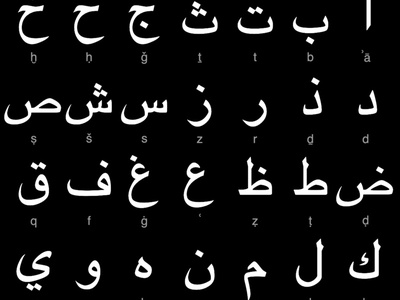
Arabic
Arabic is the official language used in government, media and education. Omani varieties are diverse, with coastal and Bedouin dialects; Modern Standard Arabic is used formally. Most citizens speak an Omani Arabic dialect as their mother tongue.
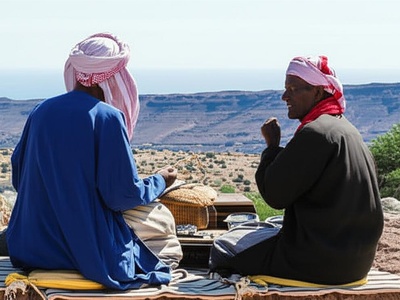
Mehri
Mehri is a Modern South Arabian language spoken mainly in Dhofar and nearby regions. It is distinct from Arabic, has rich oral traditions, and remains actively spoken in rural communities though under pressure from Arabic.
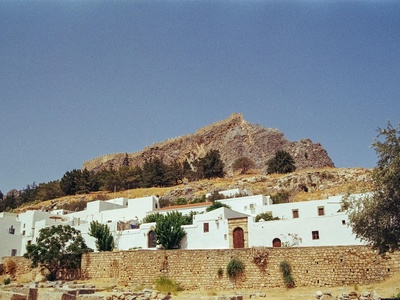
Jibbali (Shehri)
Jibbali, locally called Shehri, is spoken in southern Dhofar’s highlands. It is a Modern South Arabian language with unique phonology and vocabulary, preserving pre-Arabic linguistic features and strong local identity among mountain communities.
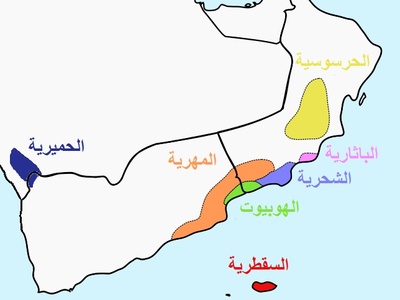
Harsusi
Harsusi is a small Modern South Arabian language spoken by a few communities in the central desert and nearby areas. It is highly endangered, with older speakers holding most knowledge and few children learning it.
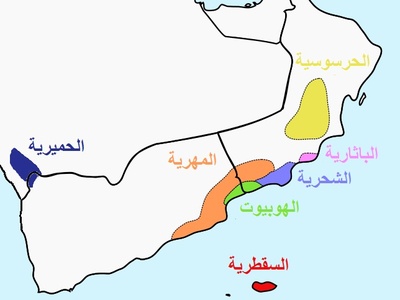
Bathari
Bathari is a critically endangered Modern South Arabian language confined to a few coastal villages in Dhofar. Very small speaker numbers and language shift to Arabic have made it vulnerable to extinction.
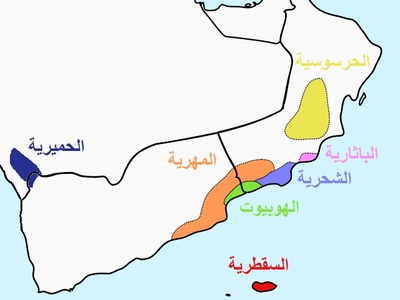
Hobyot
Hobyot is a tiny Modern South Arabian language found near the Oman–Yemen frontier. It has very few speakers, limited documentation, and shares features with neighboring Mehri and Soqotri varieties.
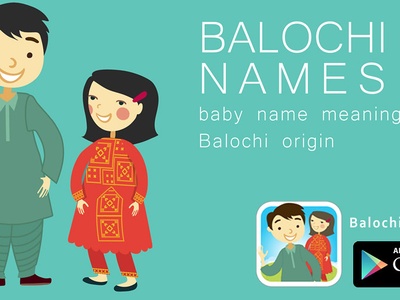
Balochi
Balochi is spoken by Oman’s Baloch community, long-settled across coastal towns and in the military. It belongs to the Iranian language family, retains regional dialects, and remains a visible heritage language in some families and neighborhoods.
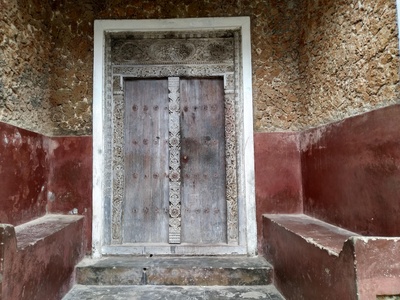
Swahili
Swahili reflects historic Omani ties to East Africa and Zanzibar. Present among families with Zanzibari roots and traders, Swahili is used socially in some communities and preserves cultural links across the Indian Ocean.
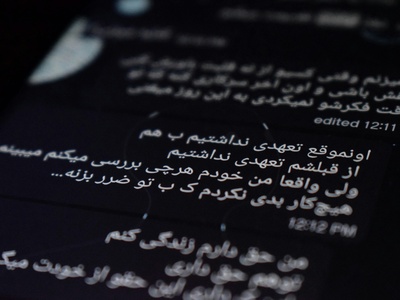
Persian (Farsi)
Persian is spoken by Iranian expatriates and small communities with historical ties. It’s used in business and family settings in port cities and has influenced local culture through centuries of trade and migration.
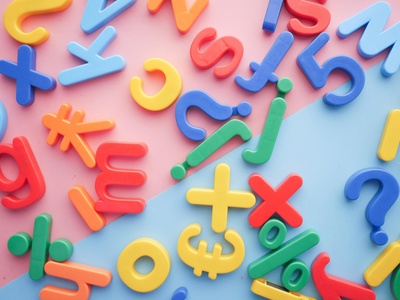
English
English is widely used as a lingua franca in business, education, tourism and government-adjacent sectors. Many expatriates use it daily; Omanis often learn English in schools, making it a practical bridging language across communities.
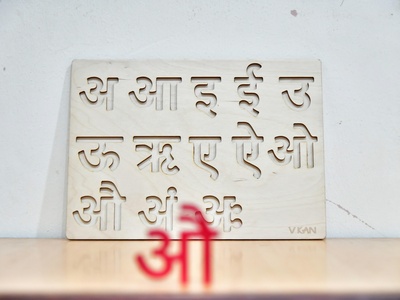
Hindi
Hindi is spoken by many Indian expatriates from northern and central India. It serves for daily communication among communities, in shops and workplaces, and coexists with other Indian languages in family and social contexts.

Urdu
Urdu is widely used by Pakistani expatriates and some Indians. It functions both as a home language and a shared workplace language among South Asian communities, with Urdu media and cultural events present in urban areas.
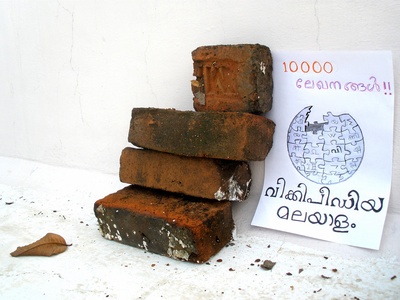
Malayalam
Malayalam is spoken by a large Malayali community from Kerala, India. Prominent in business, healthcare, and domestic sectors, it’s commonly heard in neighborhoods and family settings, with active cultural associations and media.
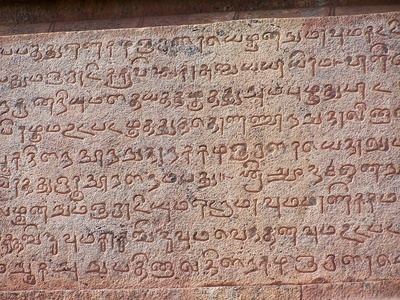
Tamil
Tamil is used by Tamil-speaking Indians and Sri Lankans working across multiple sectors. It’s a strong community language with cultural, religious and media institutions supporting language maintenance among expatriates.
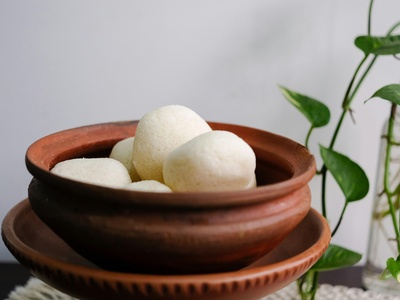
Bengali
Bengali is spoken by Bangladeshi expatriates in manual labor, service and household sectors. It is an important home and community language with informal networks and cultural ties to Bangladesh among migrant workers.
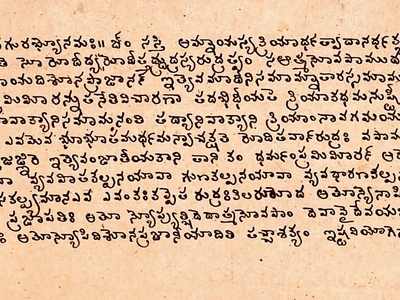
Telugu
Telugu speakers from Andhra Pradesh and Telangana form a visible expatriate group in Oman, using Telugu in homes and community gatherings. The language features in social networks and regional clubs among Indian migrants.
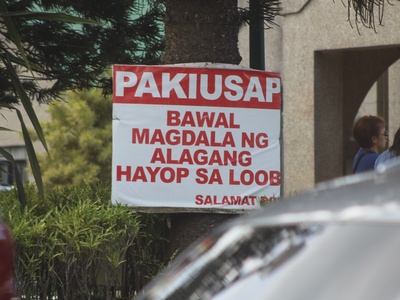
Tagalog (Filipino)
Tagalog (Filipino) is spoken by many workers from the Philippines across domestic, healthcare and hospitality sectors. Community networks, churches and cultural events help maintain the language among expatriates living in Oman.
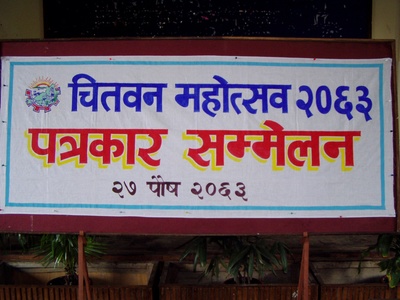
Nepali
Nepali is used by migrants from Nepal working in construction, security and domestic roles. It serves as a strong community language with remittance ties, shared media, and social networks among Nepali expatriates.
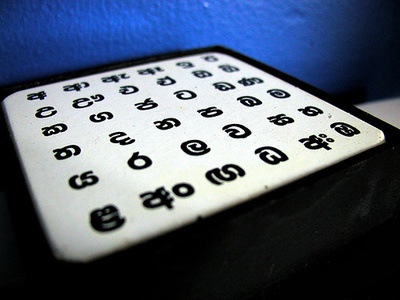
Sinhala
Sinhala is spoken by Sri Lankan expatriates in various service industries. Community gatherings, religious institutions and family use keep Sinhala alive among Sri Lankan migrants in Omani cities.
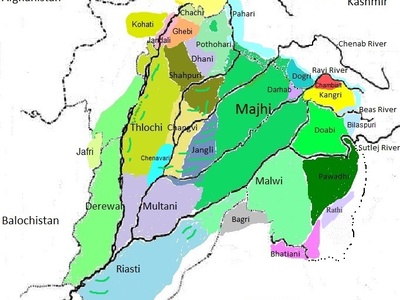
Punjabi
Punjabi is common among Pakistani and Indian migrants, used in daily life, workplaces and cultural events. It’s a spoken community language with music and media presence, especially in urban expatriate neighborhoods.
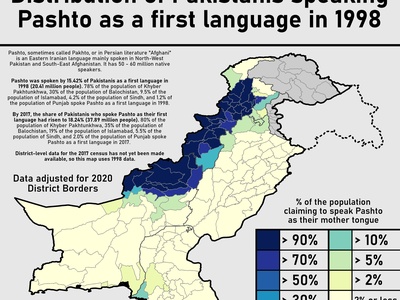
Pashto
Pashto speakers come mainly from Afghanistan and Pakistan, present in labor and service sectors. The language appears in community networks and keeps cultural ties to home regions, though numbers are smaller than other South Asian languages.
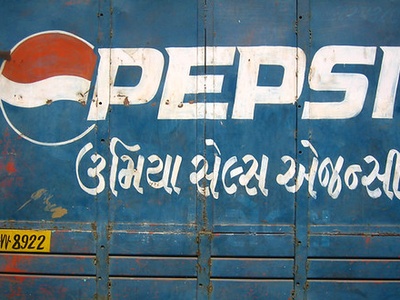
Gujarati
Gujarati has longstanding presence among merchant and trading families with roots in India. It’s used commercially and in family life, reflecting centuries of Indian Ocean trade links and a persistent Gujarati-speaking community.

